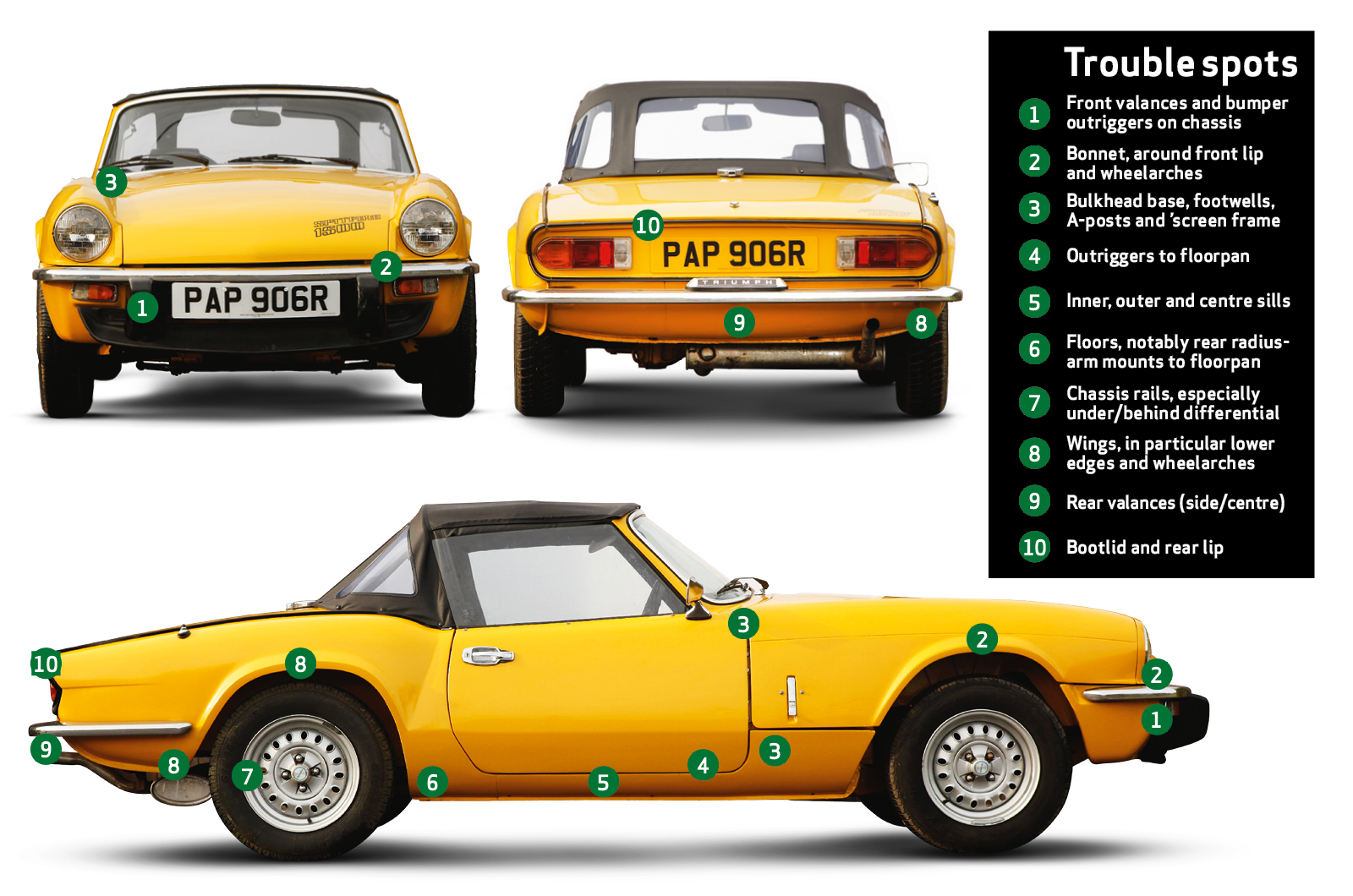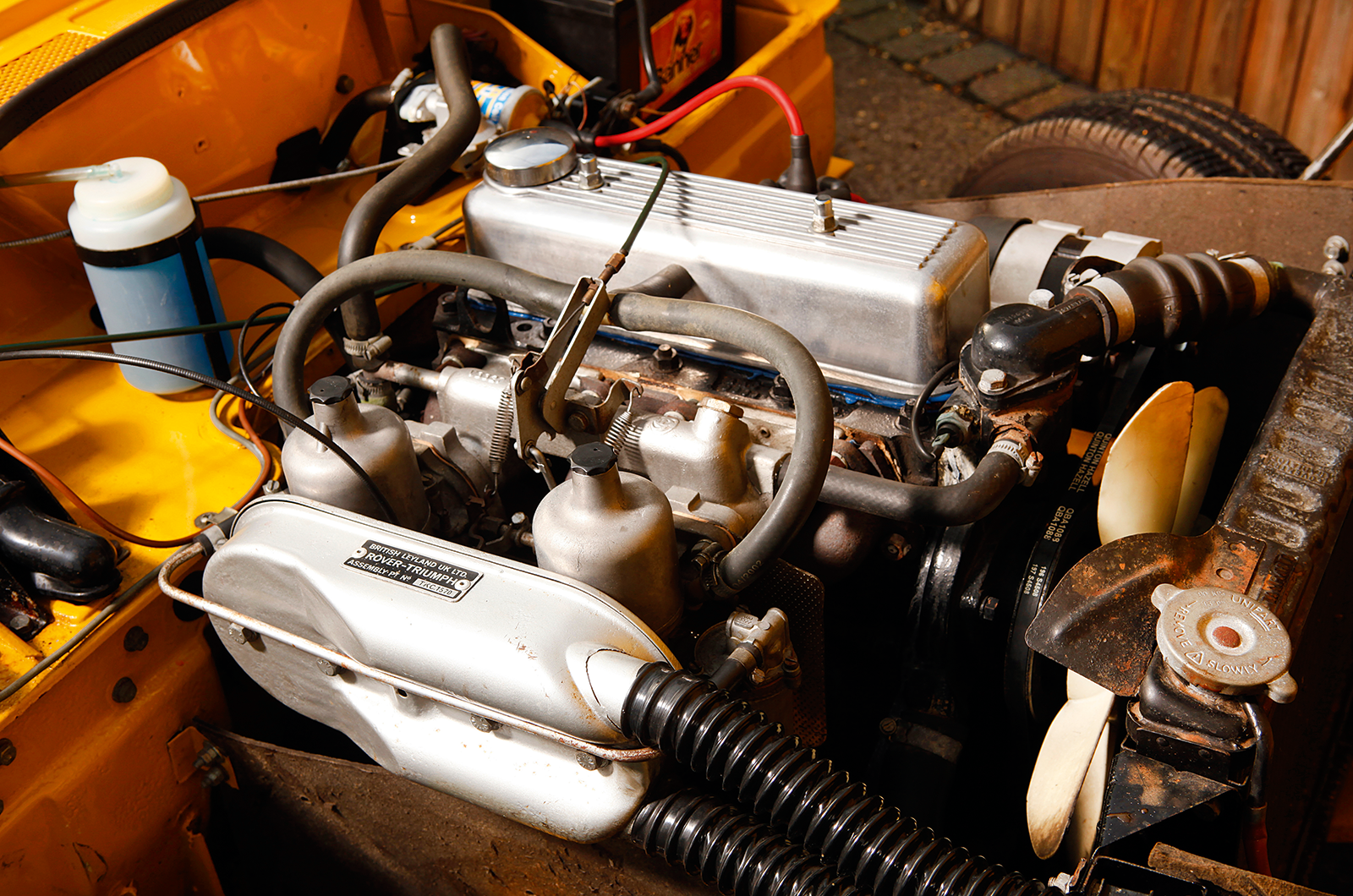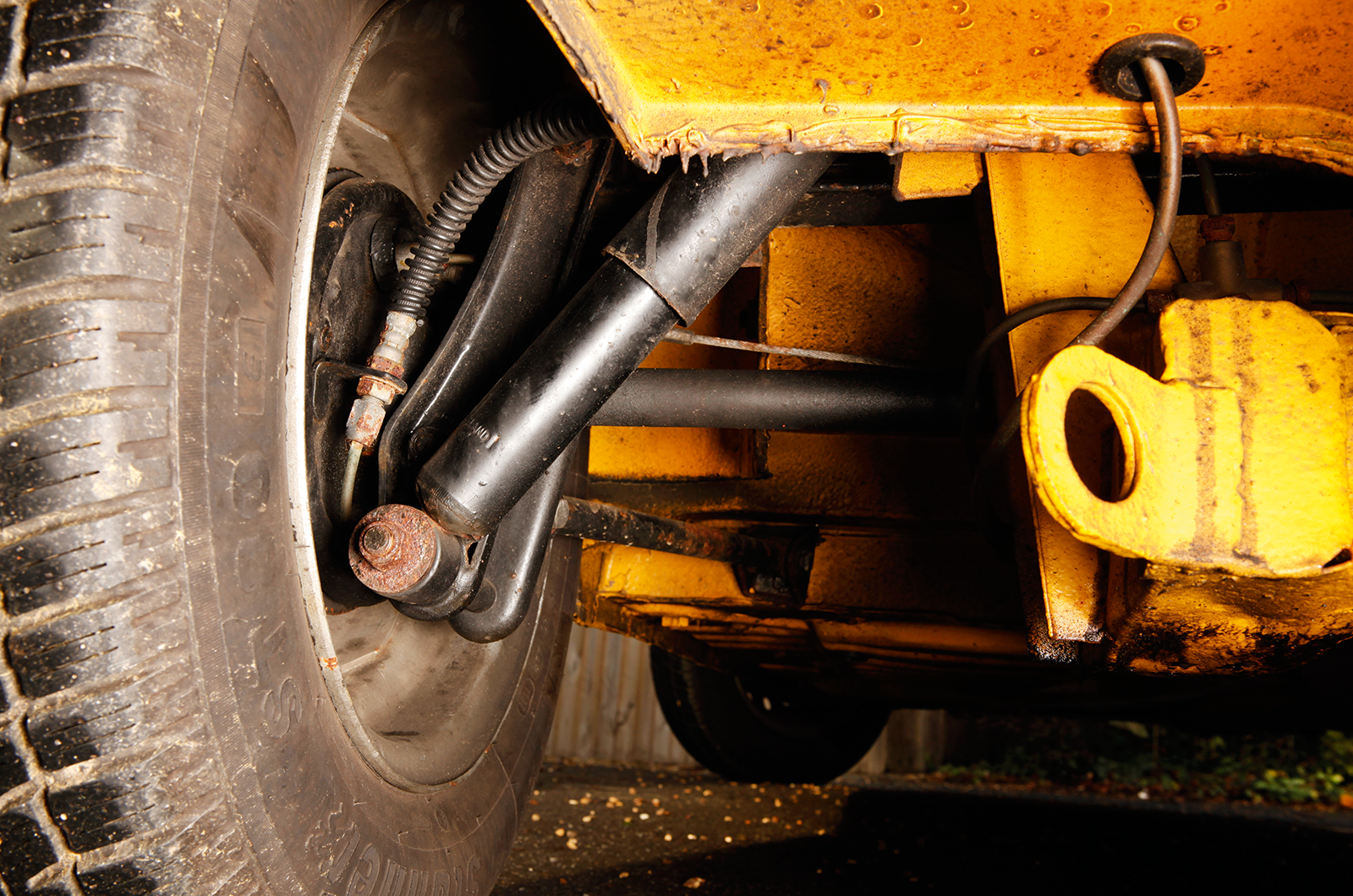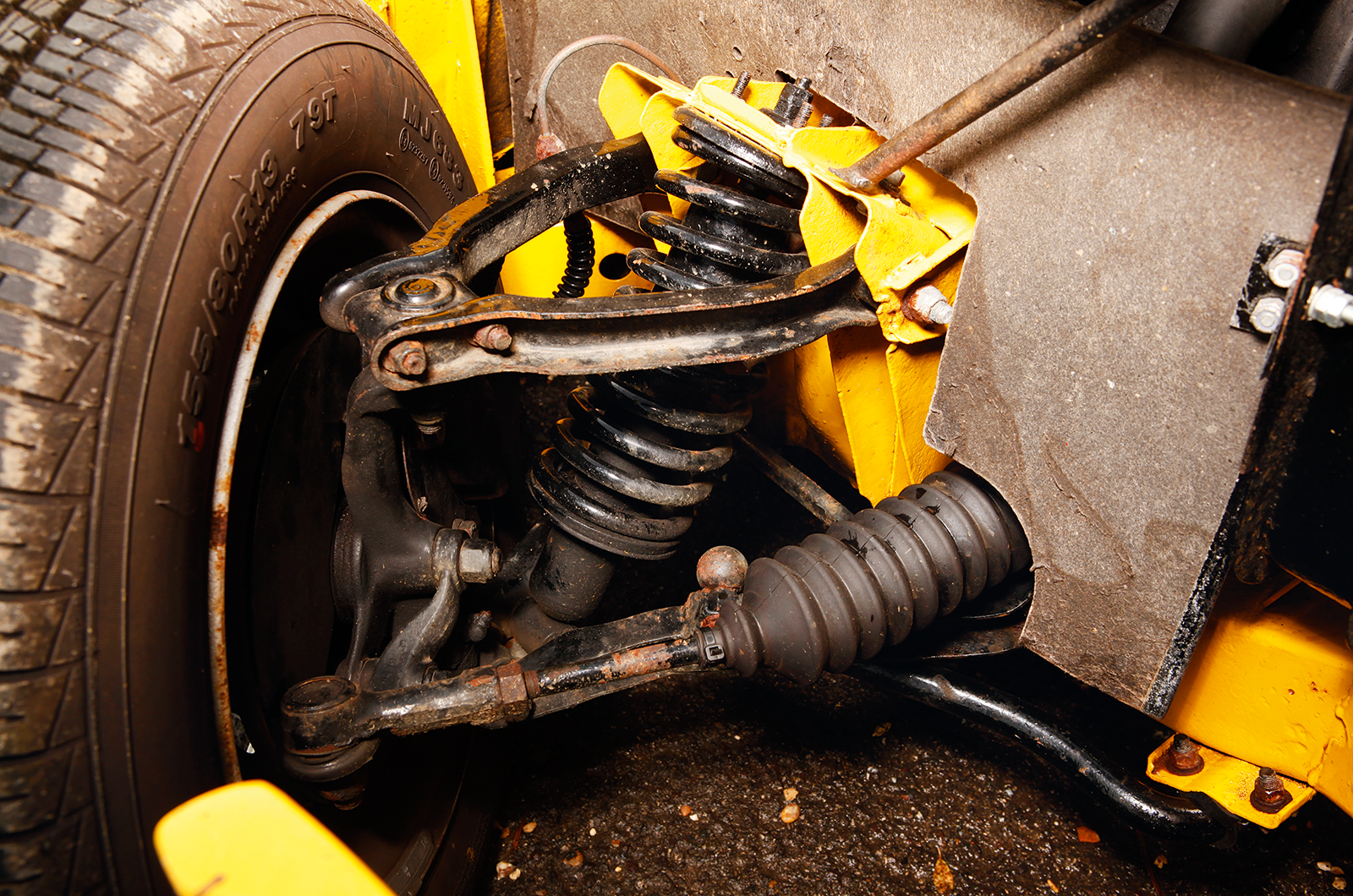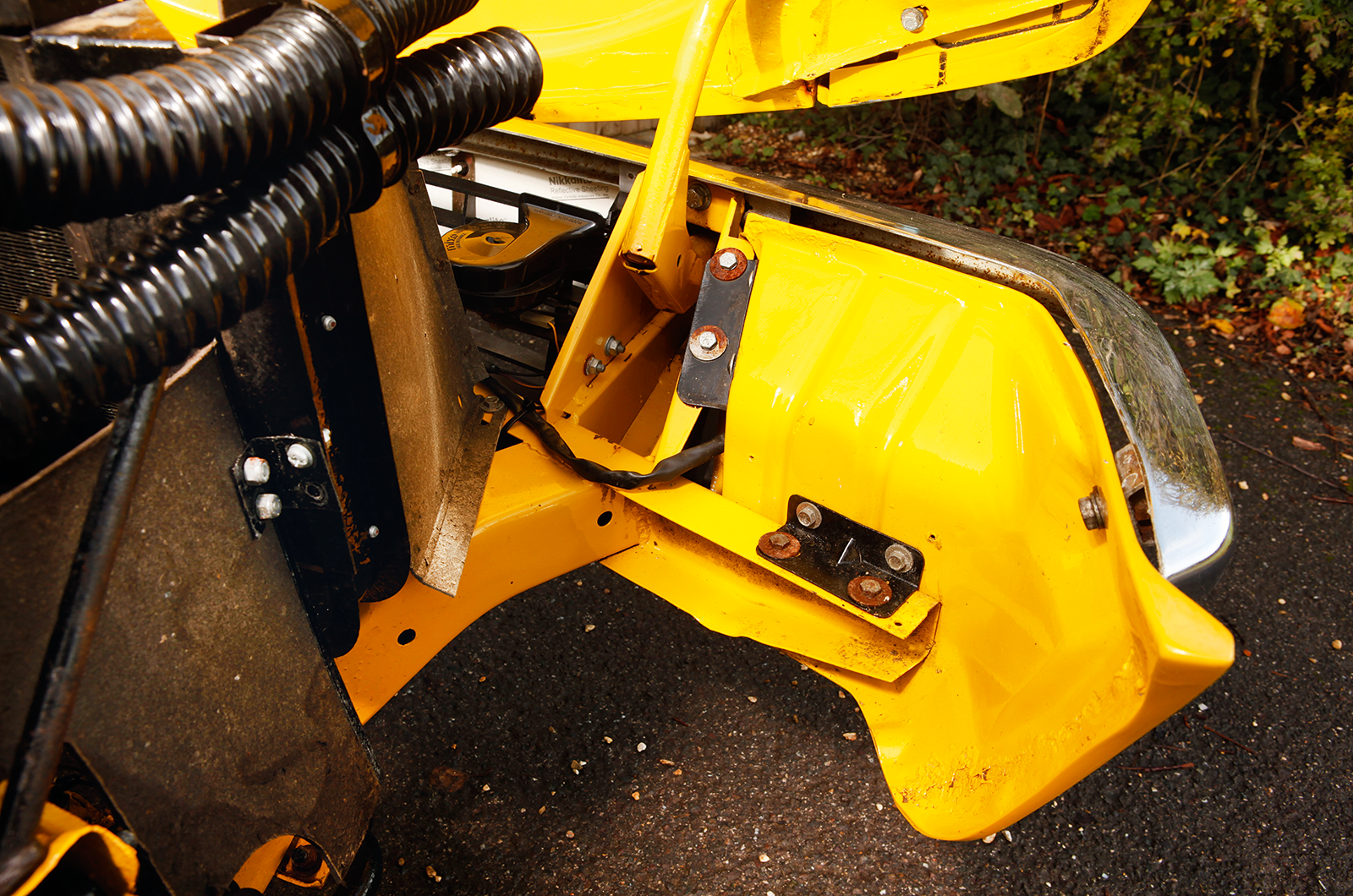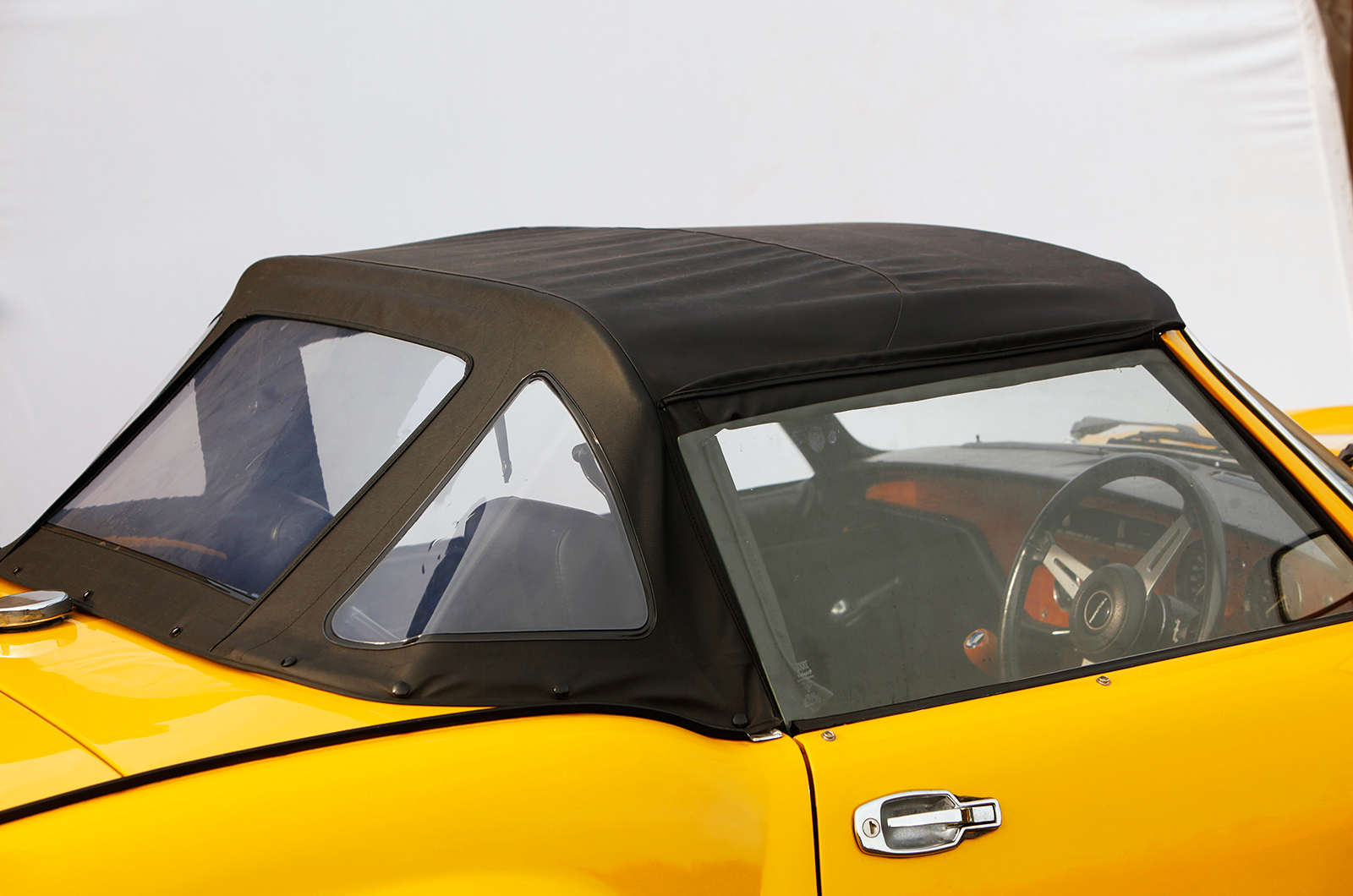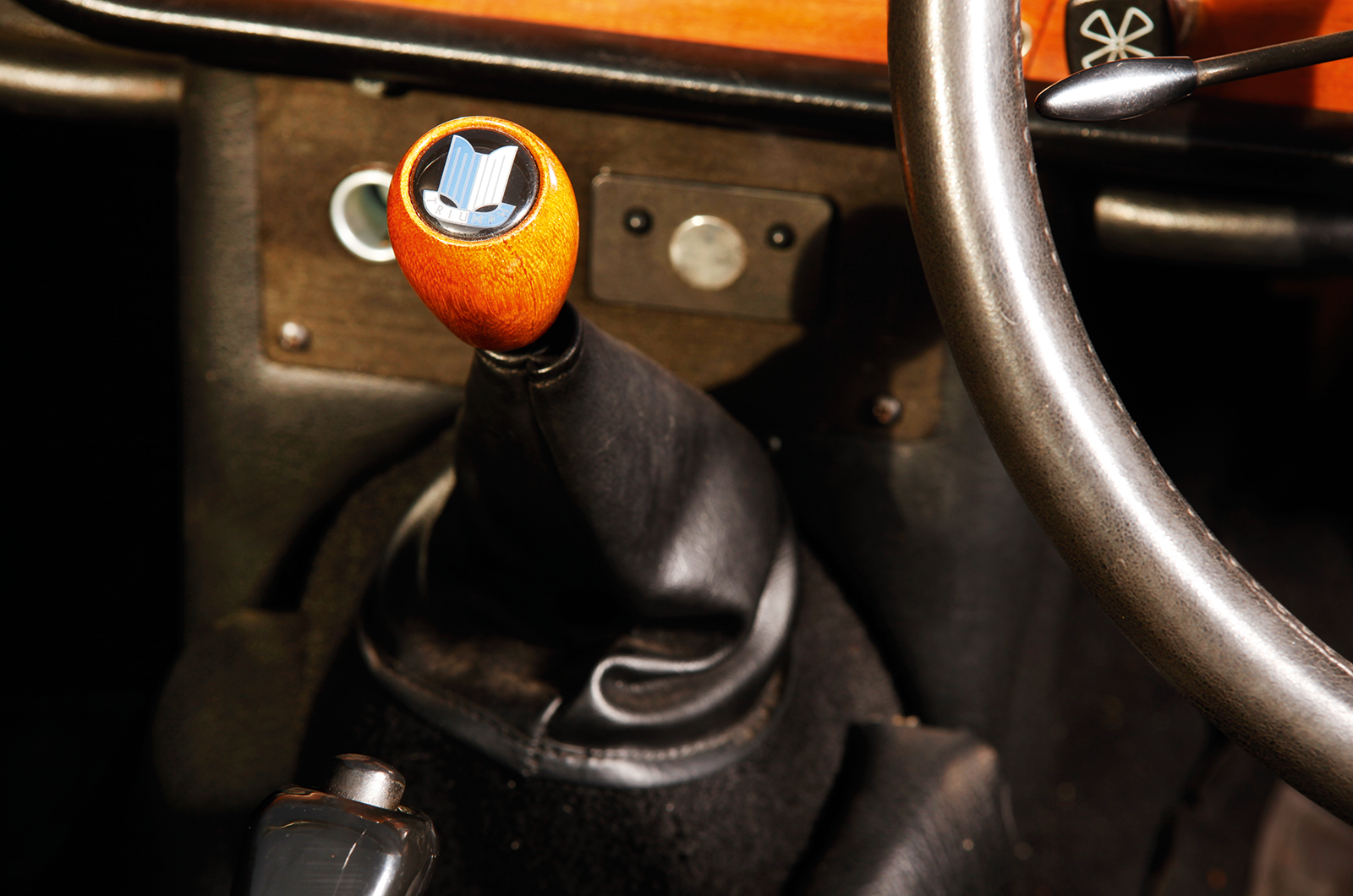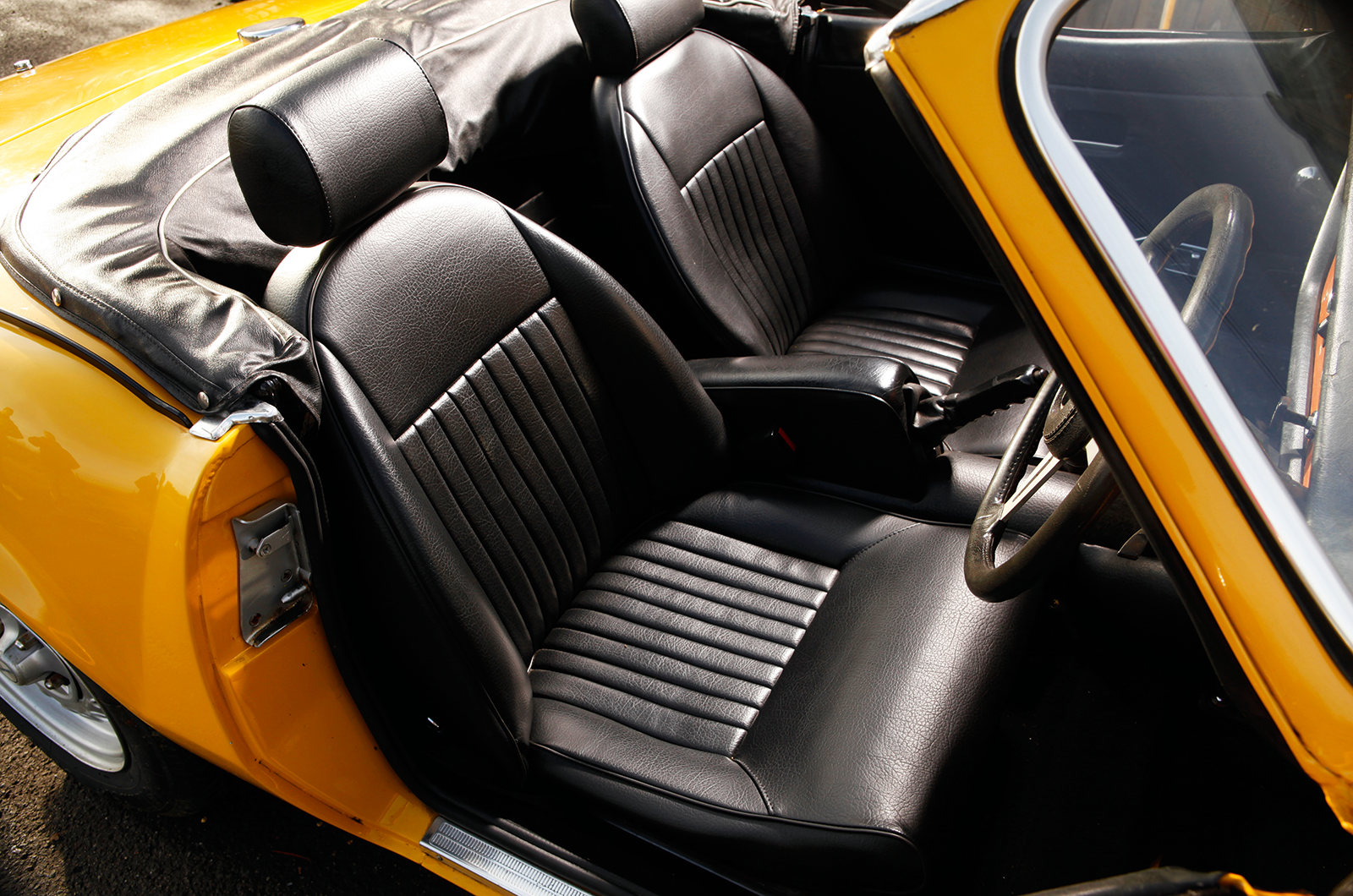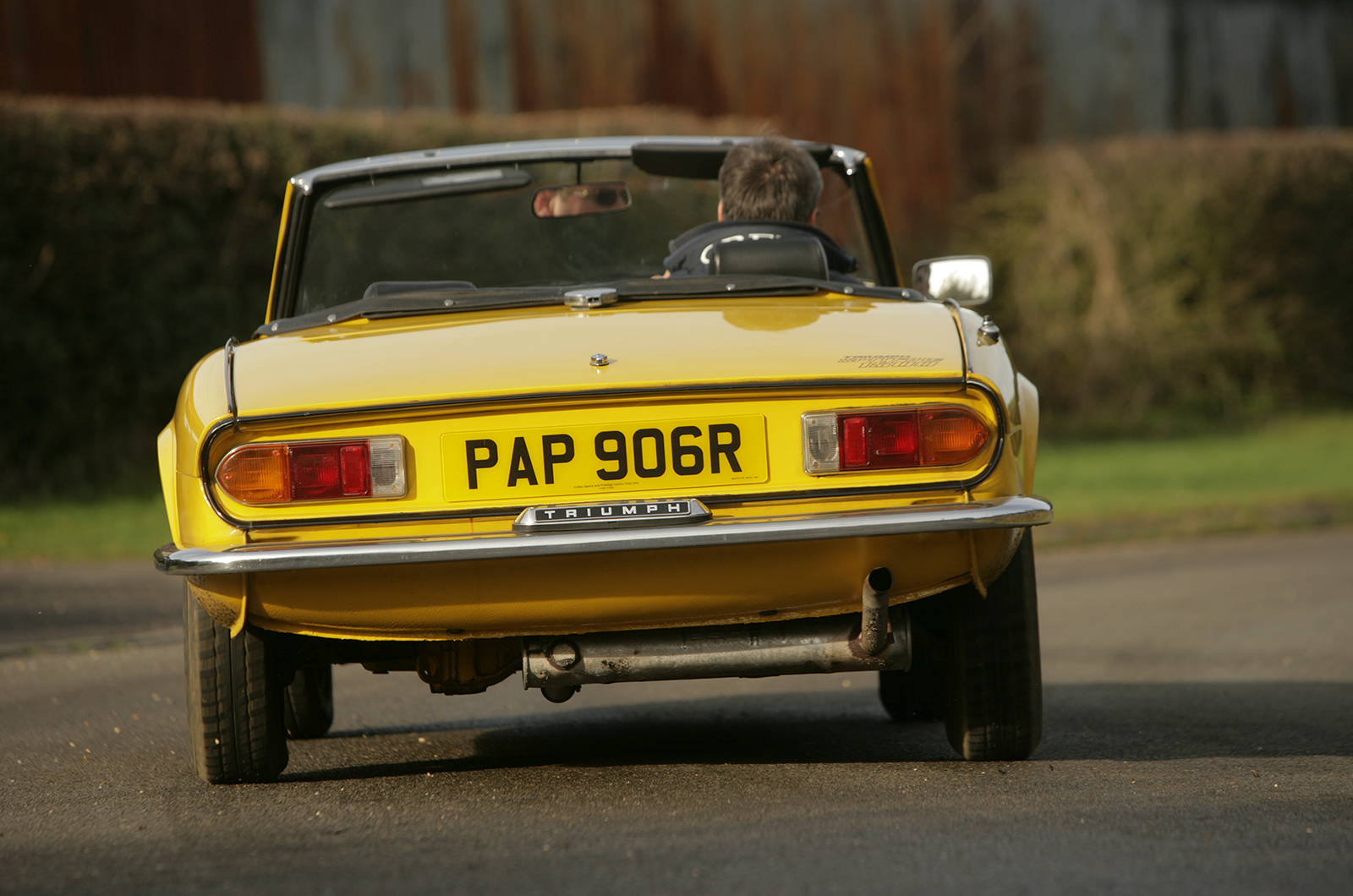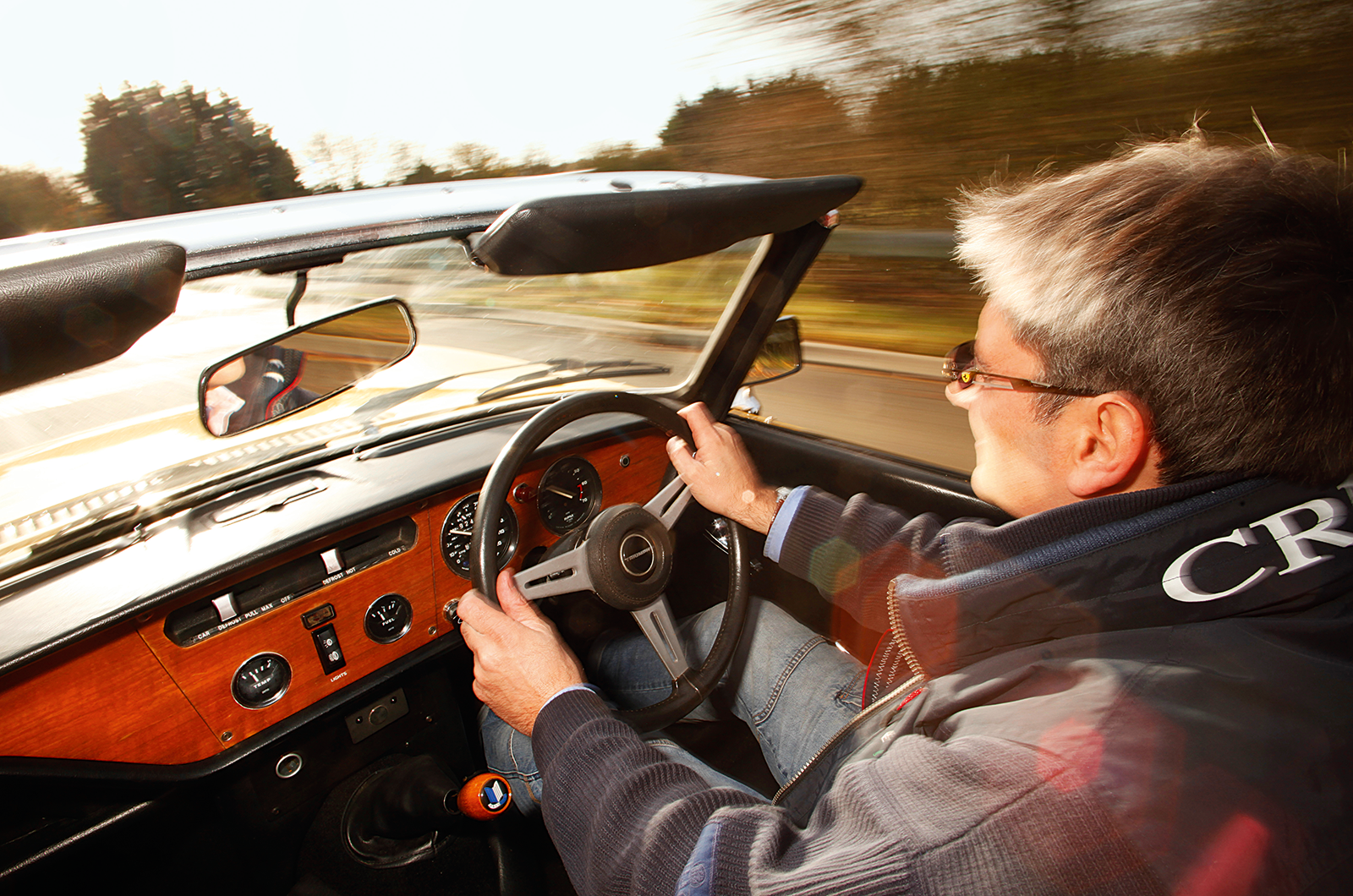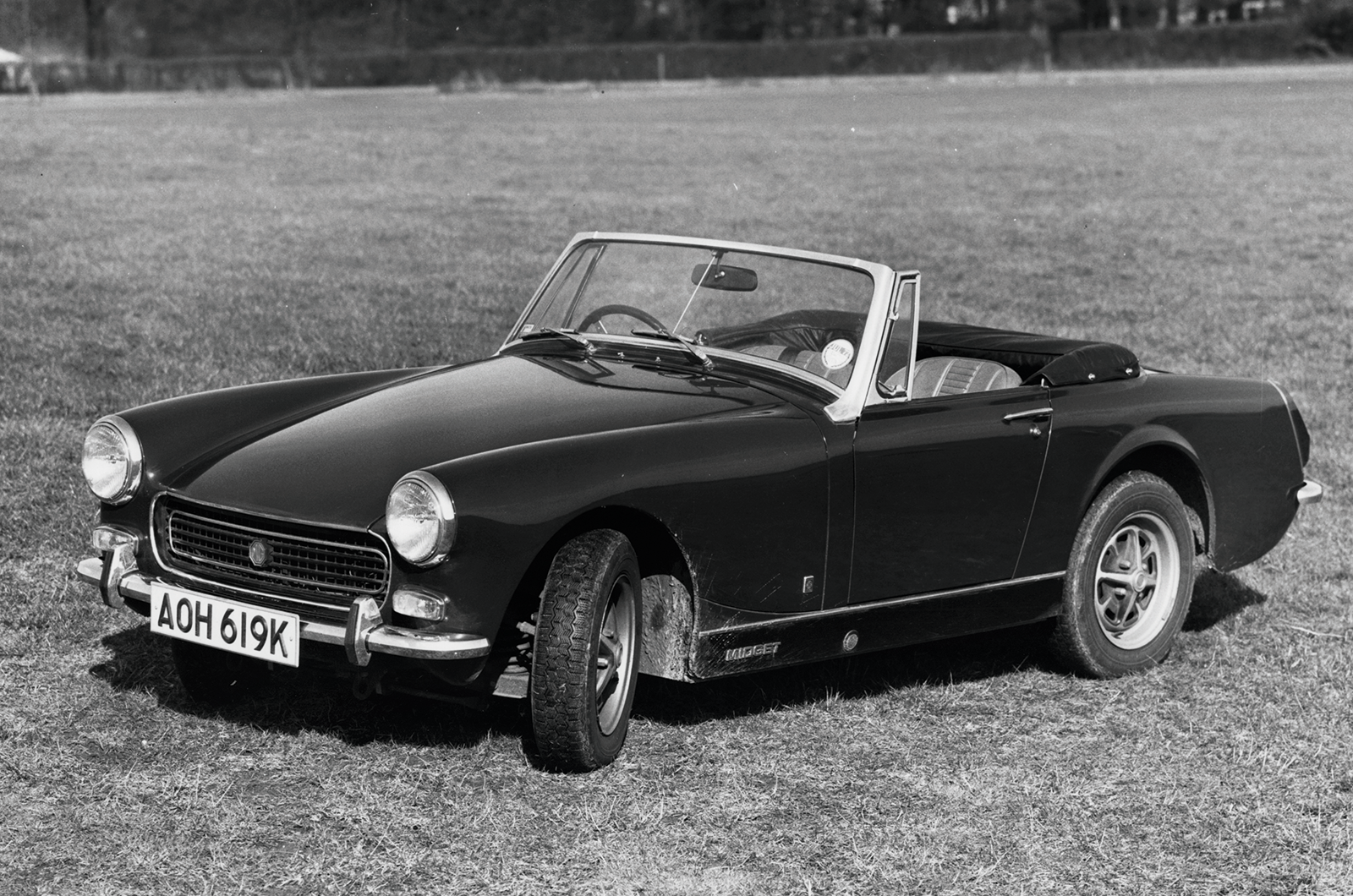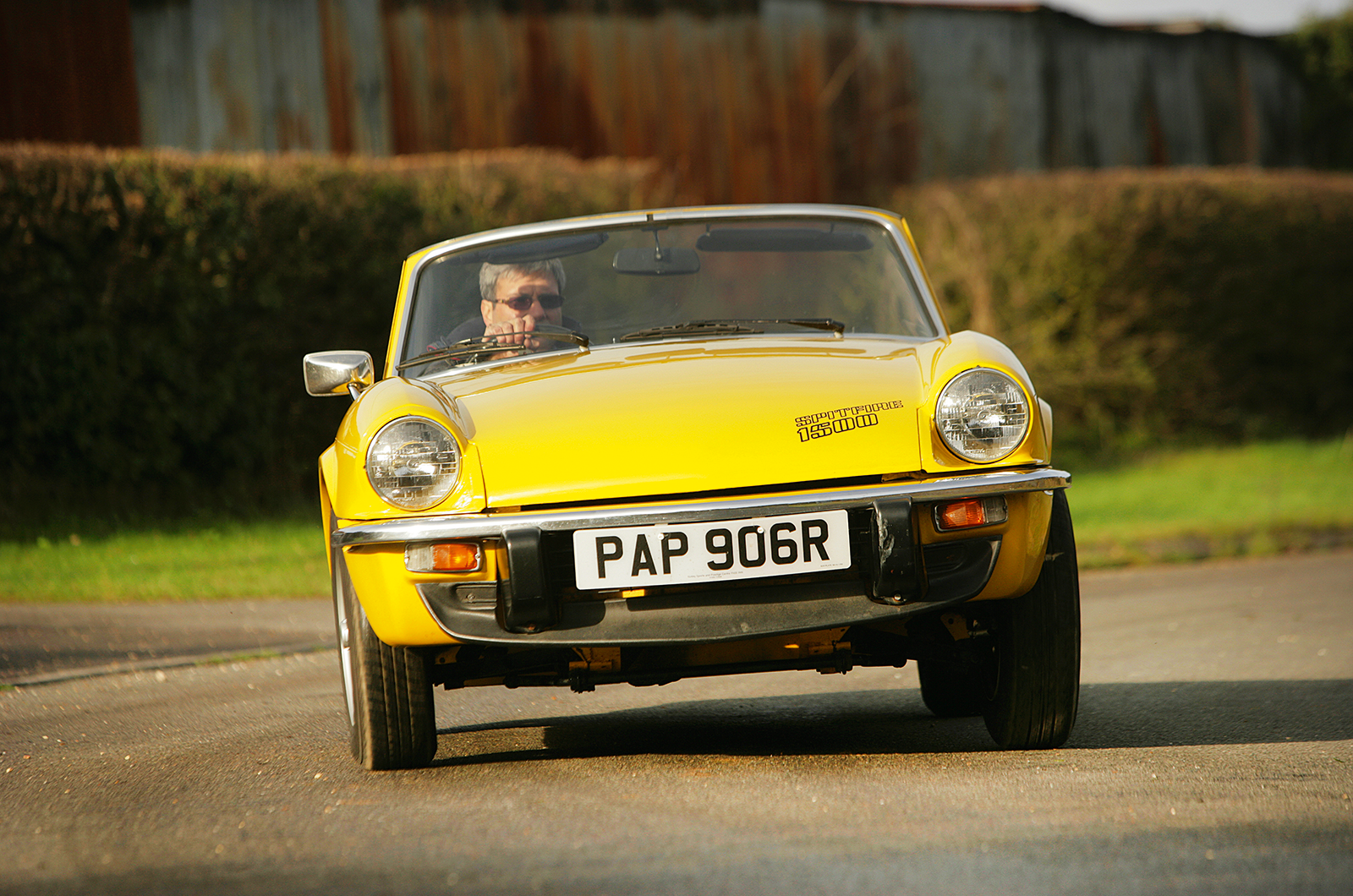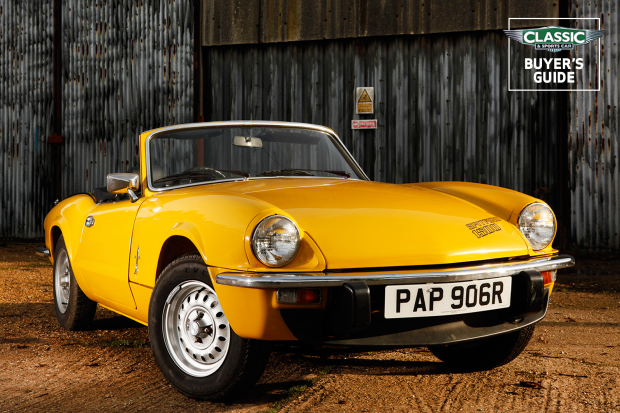
Why you’d want a Triumph Spitfire
There was a feel of ‘enthusiastic amateurs’ about Triumph in the 1950s, as keen young men such as Harry Webster and Giovanni Michelotti followed the ‘make do and mend’ wartime philosophy to save the beleaguered firm.
All except bespoke car builders had moved to monocoques, yet Standard-Triumph made a virtue out of the separate chassis, basing numerous variants on the same design and trumpeting benefits such as strength, safety and turning circle.
The Spitfire used a shortened Herald chassis, with many outriggers cut off and stiffening built into the sills instead to give it a low floor. Michelotti made the prototype in 1960; two years later Triumph found the funds to produce it.
The car was an instant hit and outsold BMC’s Spridget rivals, ultimately sharing its 1500 engine with the last Midgets. Always slightly dearer than the MG, the Spitfire offered more space and refinement, even a wood-veneer dash on some models.
It was progressively improved from the charming 1147cc Spitfire 4 and MkII to the livelier 1296cc MkIII. Michelotti’s clever MkIV restyle for the ’70s helped the car last to late 1980 with the long-stroke 1493cc unit, kept in production like the Midget due to BL’s inability to replace it. Optional overdrive was a big plus over Spridgets.


(l-r) Neat Hardtop featured bolted-on steel roof and no hood; Spits did well on rallies and circuits, here at Le Mans in ’64

